Fish Aggregating Devices: Five things you never knew
A Fish Aggregating Device has been redeployed off Terrigal. It comes as new data shows just how effective the popular fish magnets are. Here’s five things you never knew about FADs.
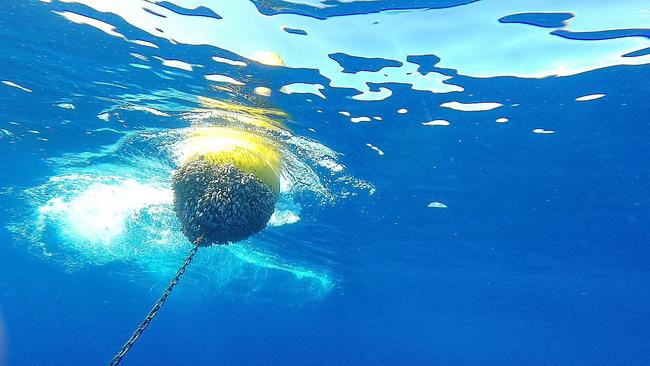
Central Coast
Don't miss out on the headlines from Central Coast. Followed categories will be added to My News.
In welcome news for keen anglers, a FAD has been redeployed off Terrigal just in time for the warm East Australian Current to kick start the pelagic super highway.
And what started as an expensive trial in the 1980s has become one of recreational fishing’s most successful and cost effective use of anglers’ licence fees.
A FAD is a GPS-tracked floating buoy anchored to the ocean floor, which provides a structure to the open ocean environment.
Exactly how and why they work remains a hotly debated scientific question.
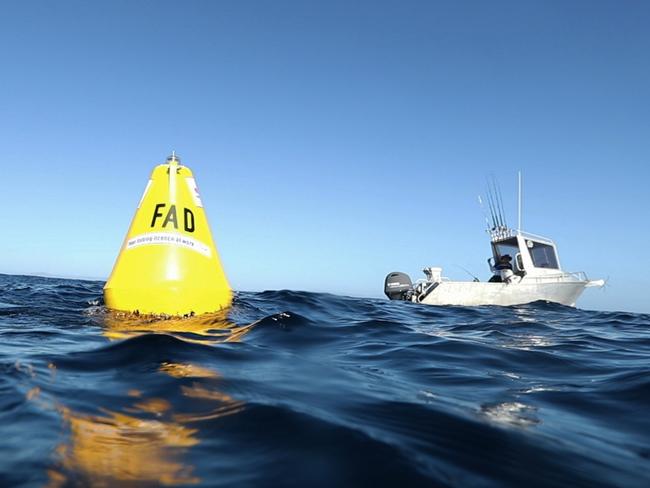
It has been suggested some species won’t aggregate around a FAD unless prey is present, while other species are attracted to the structure of the FAD alone, possibly as a resting place or geographical reference point for feeding or school recomposition.
Either way the data is irrefutable, FADs work.
The Terrigal FAD, 19km off The Skillion, was first deployed in November 2017 but like many of the 30-plus FADs — stretching from Tweed in the north to Eden in the far south — it was removed over the winter months for cleaning and maintenance.
Here’s five things you never knew about FADs.
1/. BANG FOR BUCK
FADs were first trialled by NSW Fisheries in the 1980s but the cost of deploying and maintaining the early-design large structures was prohibitively high and the program was abandoned.
Following the introduction of the recreational fishing licence in 2001, Fisheries began investigating new designs, which would withstand the harsh coastal conditions.
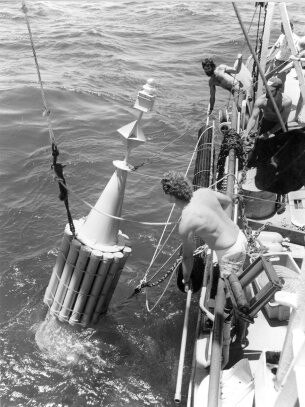
FADs became the first recreational fisheries enhancement project and in 2002 a trial of five smaller and cheaper FAD designs proved successful.
Following the initial pilot program and further refinement of the FAD design, the program was expanded to 10 FADs in 2003.
The popularity of the program with fishers led to more FADs being progressively deployed each season offshore from different ports.
The program now costs just $260,000 a year to maintain, making it one of the most cost-effective use of recreational fishing fees.
2/. MAHI MAHI MAGNETS
Most fish species attracted to FADs are seasonal pelagic fish whose arrival coincides with the warm water delivered by the East Australian Current over summer and autumn.
FADs work most effectively when the seawater temperature exceeds 20°C, which is when mahi mahi or Dolphinfish move south into subtropical waters of NSW.
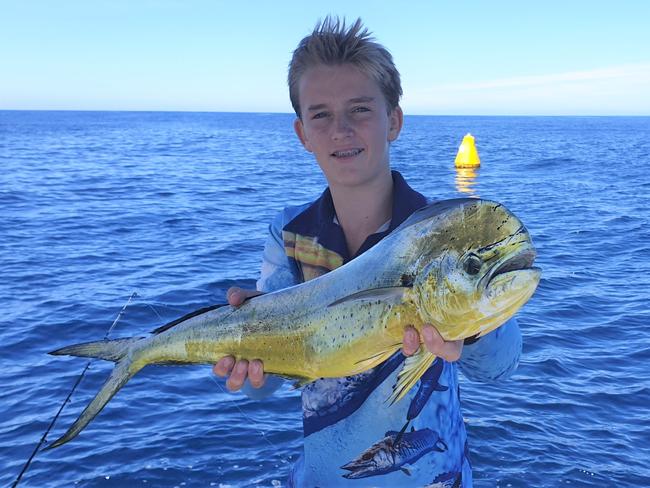
In fact 95 per cent of all recorded captures from FADs in NSW are mahi mahi.
With a remarkable growth rate, up to 7cm a week, juvenile mahi mahi can reach 1kg and sexual maturity in six months and up 10kg in a year.
Mahi mahi can reach a maximum length of nearly 200cm and up to 40kg but they are short-lived, rarely exceeding two years in the wild.
3/. ANGLERS’ PLAYGROUND
Anyone lucky enough to own a boat capable of making the trek offshore, or know anyone who does, is likely to attest how successful FADs can be for recreational fishing.
According to NSW Fisheries data 355 fish have been tagged and released off NSW FADs since the start of 2019.

This does not include hundreds more kept by anglers for dinner and bragging rights.
Most of the tagged fish have been dolphinfish but other species include black marlin, blue marlin, striped marlin, yellowtail kingfish, yellowfin tuna and cobia.
4/. REPEAT BUSINESS
Further proof of just how effective FADS are at attracting game fish comes in this previously unreported figure from NSW Fisheries.
In the two years to January 2021 there has been six recaptures of dolphinfish, where a fish was tagged on one FAD and then recaptured on another FAD.
5/. ONE NEAR YOU
Such is the popularity of the FAD program there are now 30-35 FADs anchored off NSW at any one time with some occasionally breaking anchor because of high seas or boats illegally mooring from them.
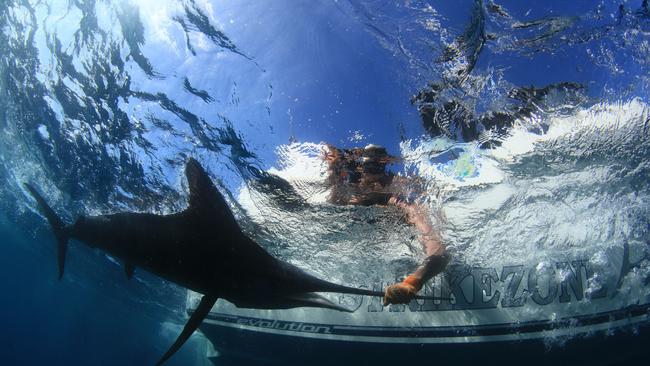
Currently the Newcastle and Evans Head FADs are listed as “missing”.
But you will need an open water vessel capable of reaching them with the closest to shore being 8.5km from Sydney Harbour, anchored in 50m of water.
The two deepest FADS are anchored in 140m of water off Port Hacking while the furthest offshore is located 29km east of Eden.
A full list of their locations can be found here.





